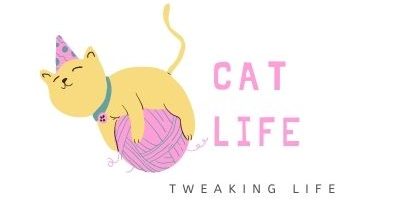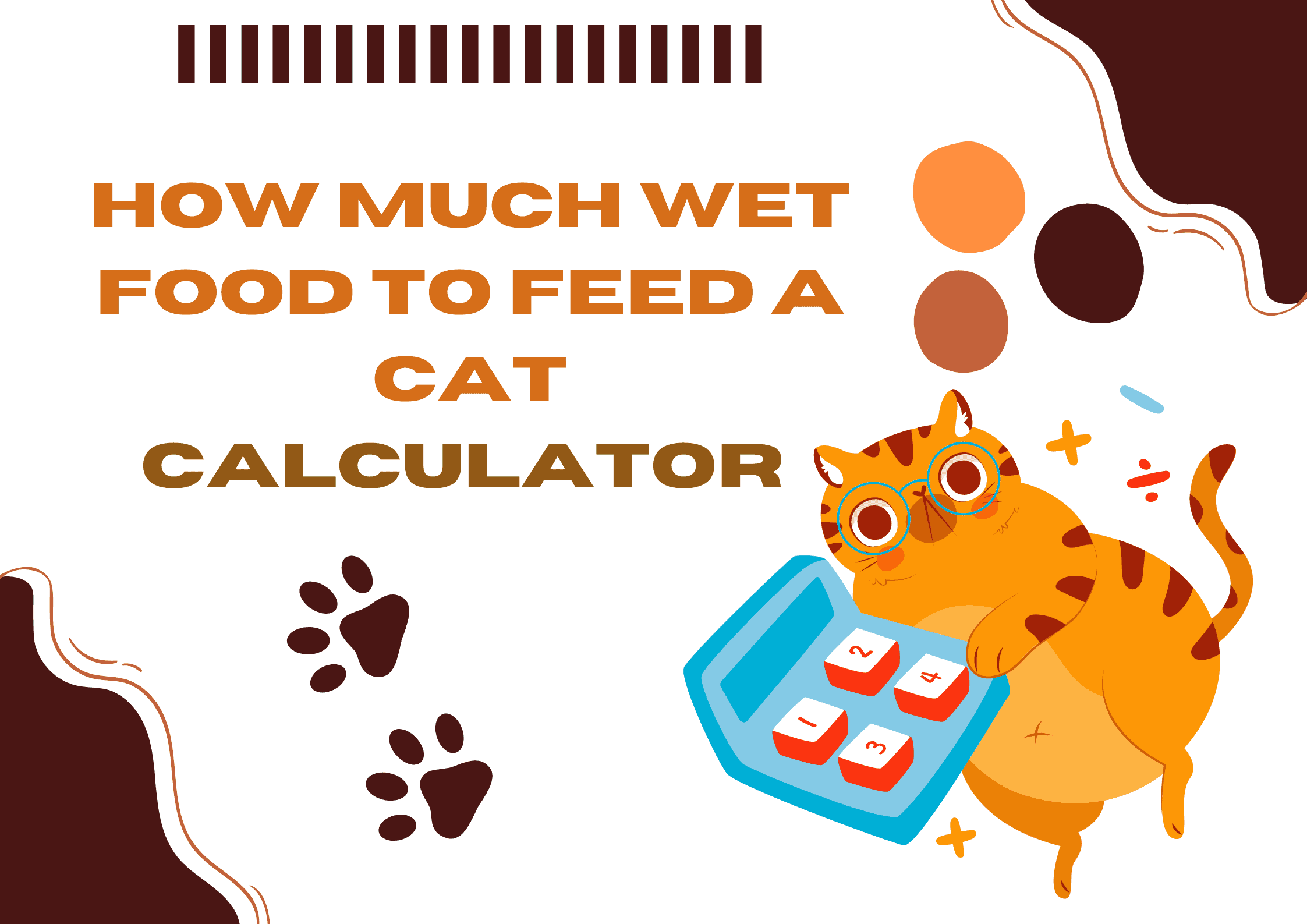How Much Wet Food to Feed a Cat Calculator for Purr-fect Health
Have you ever found yourself standing in the pet food aisle, staring at rows upon rows of wet cat food cans, trying to figure out just how much to feed your furry feline friend?
The struggle is real, and many cat owners can relate to the confusion that comes with determining the right amount of wet food to provide for their beloved pet.
But that’s why it’s important to know how much wet food to feed a cat calculator. Yes, you read that right – a handy tool designed to take the guesswork out of mealtime for your whiskered companion.
Key takeaways
- Balanced nutrition, including protein, taurine, omega-3 fatty acids, and essential vitamins, is crucial for cat health.
- Wet cat food aids hydration, digestion, and urinary tract health due to its high moisture content.
- Dietary needs change with age; kittens require more calories for growth, while seniors may benefit from a lower-calorie diet.
- Health conditions like kidney disease, food sensitivities, and dental issues can influence a cat’s diet, necessitating specific dietary adjustments.
- Using a wet food calculator ensures precise portioning, supports weight management, and provides tailored nutrition for optimal well-being.
Table of Contents
Understanding Cat Nutrition
An important aspect of cat nutrition is the role of protein in a cat’s diet. Cats are obligate carnivores, which means they require a high amount of animal-based protein to thrive.
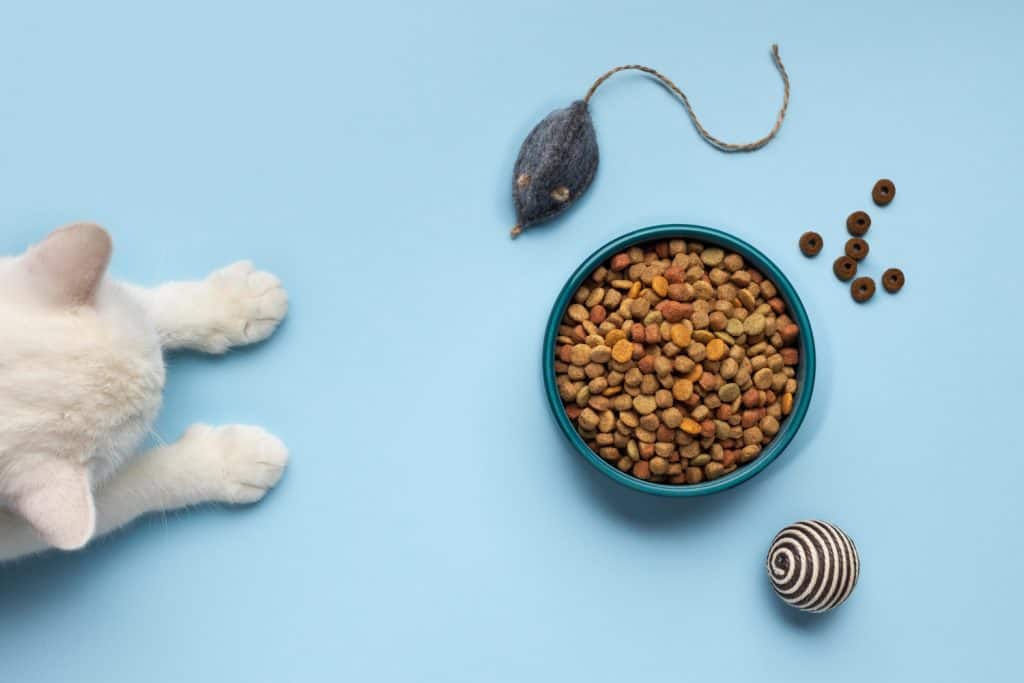
What Nutrients Does Your Feline Friend Need?
Your feline friend requires a balanced diet rich in essential nutrients to thrive. Among the key nutrients are protein, which is vital for muscle growth and repair, and taurine, an amino acid crucial for heart health and proper vision.
This protein is necessary for maintaining muscle growth, immunological function, and general health in cats. When selecting cat food, it is crucial to choose options that have high-quality sources of protein, such as meat or fish.
In addition to protein, another key nutrient for cats is taurine. Taurine is an amino acid that cats cannot produce on their own and must be obtained through their diet. Taurine plays a vital role in maintaining healthy eyesight, heart function, and reproductive health in cats.
It’s important to ensure that your cat’s food contains adequate levels of taurine to prevent deficiencies and related health issues.
Additionally, omega-3 fatty acids play a significant role in maintaining healthy skin and coat, while vitamins such as A, D, E, and B-complex are essential for overall well-being.
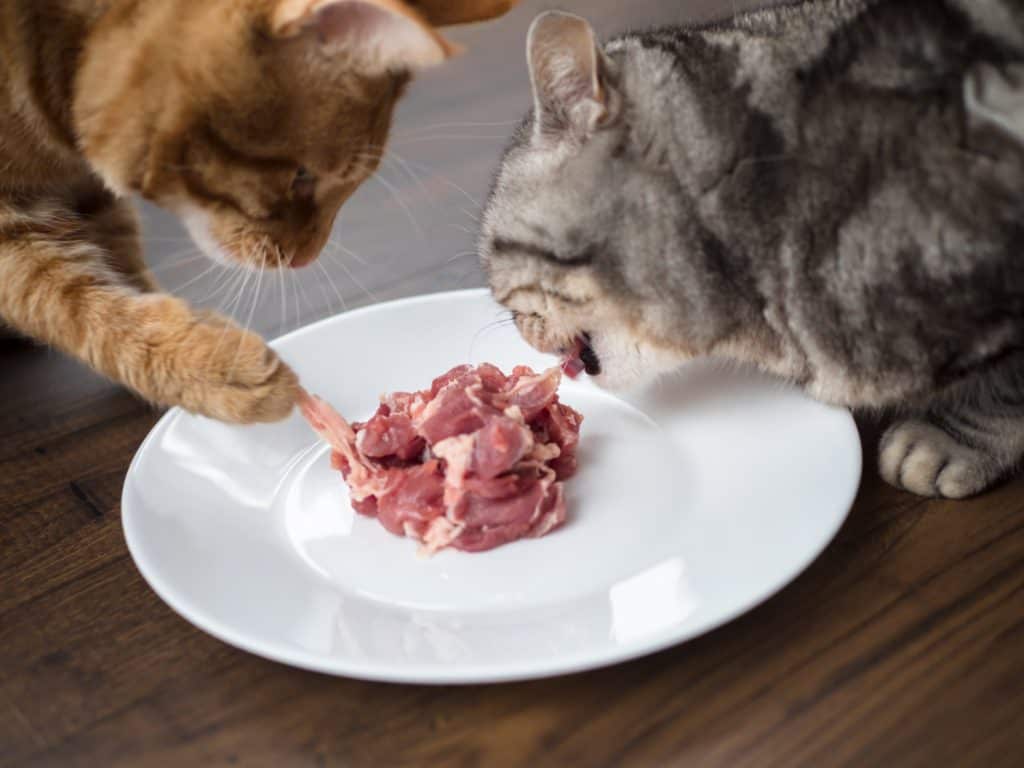
Incorporating quality sources of these nutrients into your cat’s diet is paramount. Foods like meat, fish, eggs, and high-quality commercial cat food provide the necessary proteins and fats your feline companion needs.
Supplementing their diet with fresh fruits and vegetables can also offer additional vitamins and minerals for optimal health benefits.
Remember that water is equally important—proper hydration aids digestion and helps maintain kidney function in cats. Offering fresh water daily alongside a well-rounded diet will ensure your furry friend receives all the vital nutrients they need to lead a happy and healthy life.
Wet vs. Dry Cat Food: Which One Packs a Nutritional Punch?
When it comes to choosing between wet and dry cat food, it’s essential to consider the nutritional benefits of each option. Wet cat food is typically higher in moisture content, which can help keep your feline friend well-hydrated and support urinary health.
On the other hand, dry cat food tends to be more convenient and can help promote dental health by reducing plaque buildup.
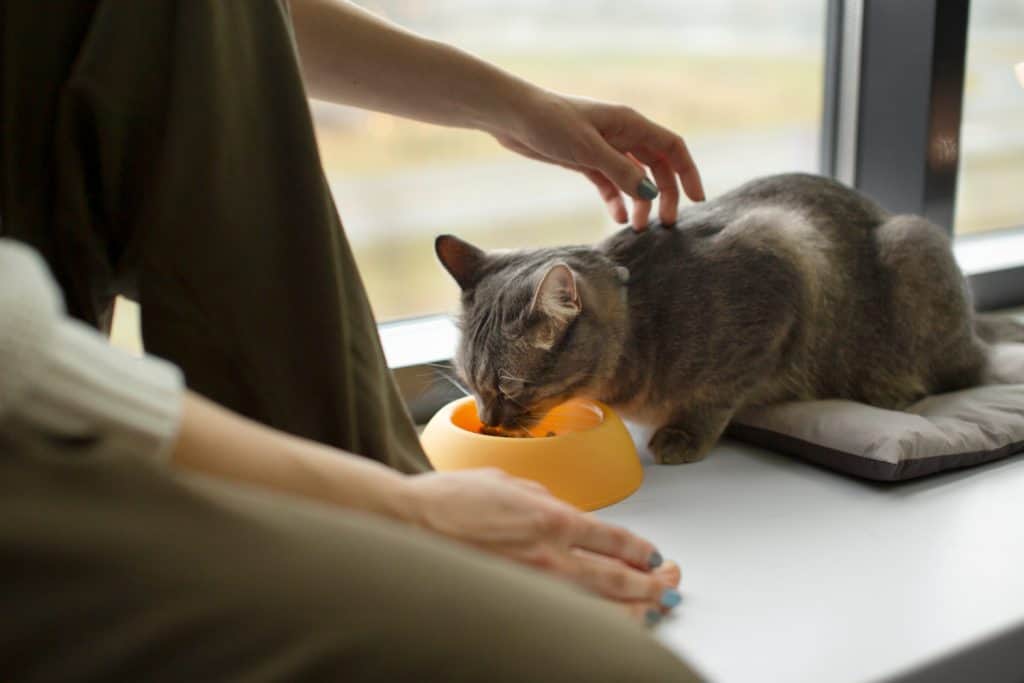
While both wet and dry cat foods can provide essential nutrients, it’s important to check the ingredients list for high-quality proteins, vitamins, and minerals. Some cats may prefer one type of food over another based on their preferences or dietary needs.
Try to find a balance between wet and dry cat food that meets your furry companion’s nutritional requirements. This will make sure that your pets stay healthy and happy.
Why is Moisture Content a Game-Changer for Your Cat’s Well-Being?
Imagine if your furry feline friend could tell you how important moisture content is for their well-being.
Cats are notorious for being picky drinkers, often not consuming enough water to maintain optimal hydration levels. This is where their food comes into play as a game-changer.
Wet cat food, with its high moisture content, not only provides essential hydration but also contributes to better digestion and urinary tract health.
Proper hydration through moist food can help prevent common issues such as bladder infections and kidney disease in cats. So next time you choose between wet or dry food for your feline companion, remember that moisture content is a small change that can make a big difference in their health and happiness.
Factors Influencing Cat’s Diet
There are 3 important factors which influence your cat’s diet, and they are:
- Diet
Cats are obligate carnivores, which means they must eat meat to complete their nutritional demands. While some may argue that cats can thrive on a vegetarian diet, it is essential to understand that they require specific nutrients like taurine and arachidonic acid that are only found in animal products.
- Age
Age also plays a significant role in determining a cat’s dietary requirements. Kittens require more protein, fat, and calories for growth and development, while senior cats may benefit from a lower-calorie diet to prevent obesity and manage age-related conditions such as kidney disease.
- Environmental factors
Environmental factors can also influence a cat’s diet preferences. For example, indoor cats may not have access to the same variety of prey animals as outdoor cats do, so pet owners need to ensure they provide a balanced commercial diet that meets all of their feline friend’s nutritional needs while mimicking their natural hunting instincts.
Weighty Matters: Unpacking the Link Between Calories and Cat Health
Have you ever wondered how the calories in your cat’s diet impact their overall health and well-being?
It turns out that keeping track of your feline friend’s calorie intake is crucial in maintaining a healthy weight and preventing obesity-related issues.
Just like humans, cats require a balanced diet with the right amount of calories to stay fit and active. Monitoring their calorie consumption can help prevent diseases such as diabetes, heart problems, and joint issues.
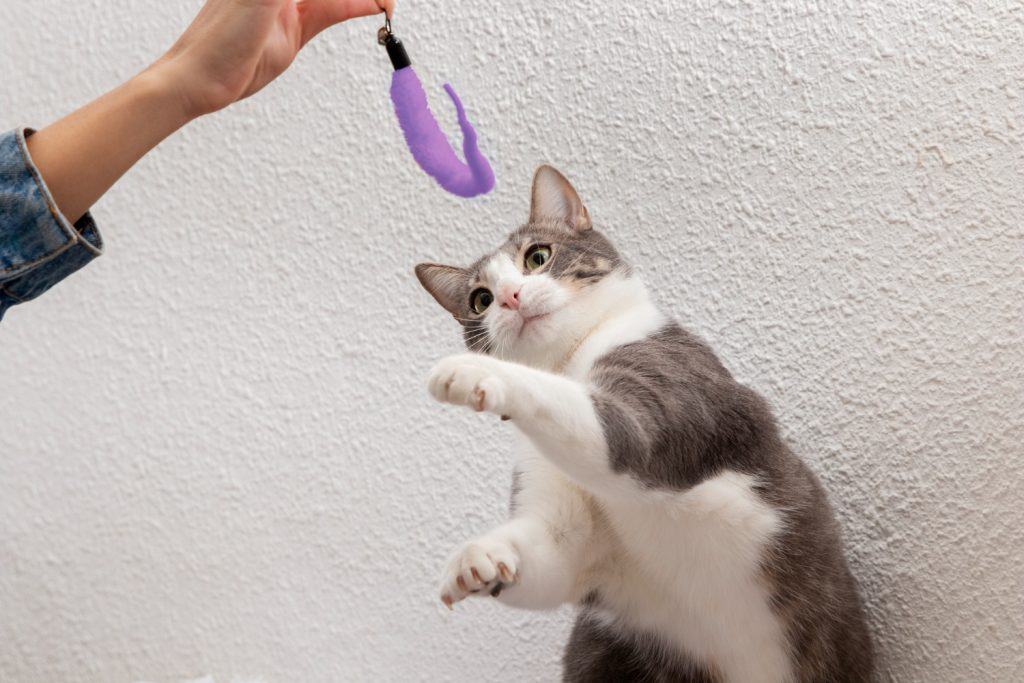
When it comes to managing your cat’s calorie intake, one key factor to consider is their age and activity level.
Younger, more active cats may require more calories to fuel their energy needs, while older or less active cats may need fewer calories to maintain a healthy weight. It’s important to consult with your veterinarian to determine the ideal daily calorie intake for your specific cat based on their individual needs.
What Health Conditions Could be Silently Shaping Your Cat’s Diet?
A commonly overlooked health condition that can shape your cat’s diet is kidney disease. Cats with chronic kidney disease often require a special diet low in protein and phosphorus to help manage their condition and maintain optimal health.
Another silent health condition that may impact your cat’s diet is food sensitivities or allergies. Just like humans, cats can develop intolerances to certain ingredients such as grains, poultry, or seafood.
Monitoring your cat’s reactions to different foods and consulting with a vet can help identify any potential dietary triggers that may be affecting their health. Switching to a hypoallergenic diet tailored to meet your cat’s specific needs can alleviate symptoms and improve their quality of life.
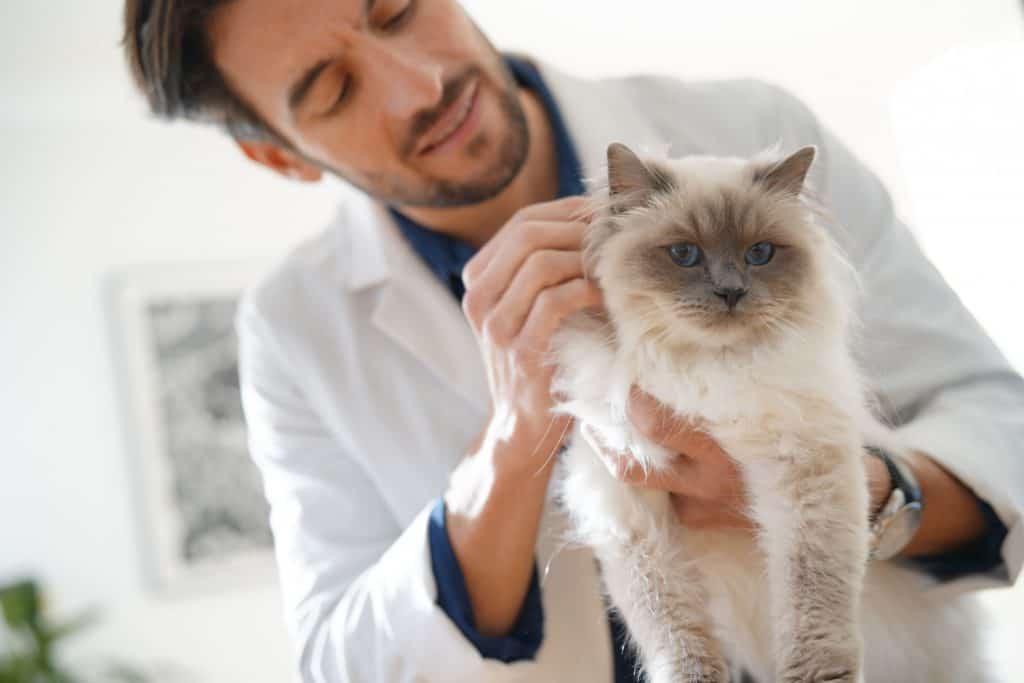
Another often overlooked health condition that can affect a cat’s diet is dental disease. Cats with dental issues may have difficulty chewing their food, leading them to avoid hard kibbles and favor softer wet food instead. This can result in a diet lacking the proper nutrients they need for optimal health.
How Much Wet Food to Feed a Cat Calculator: How It Works
If you’re looking to provide your pet with a balanced and nutritious diet, using a wet food calculator can be a game-changer. This handy tool takes into account your pet’s age, weight, activity level, and dietary needs to determine the ideal amount of wet food to feed them each day.
Not only does a wet food calculator help in accurately portioning out meals for your pet, but it also lets you adjust their diet as needed.
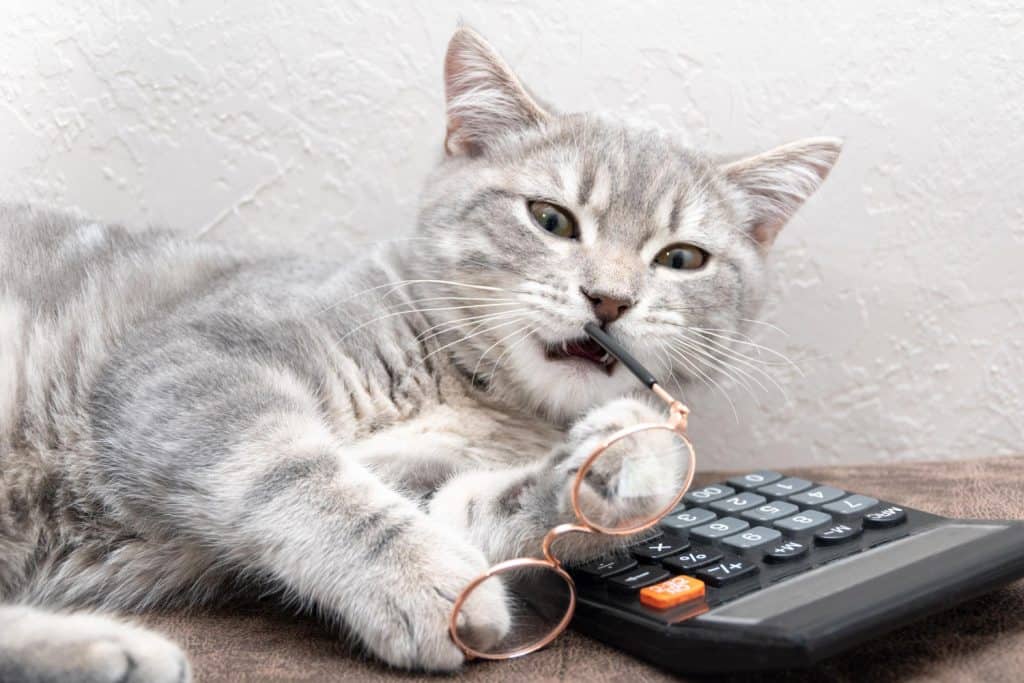
Whether you’re trying to help your pet shed some extra pounds or maintain their current weight, the calculator can assist in creating a feeding plan that meets their specific requirements.
Plus, by having this personalized guidance at your fingertips, you can feel confident in knowing that you are taking proactive steps toward promoting your pet’s overall well-being through proper nutrition.
After I had done some research, I found out that Purina’s MER Calculator for Cats and Instinct Pet Feeding Calculator are the best ones. If you have any other suggestions, make sure to include them in the comments.
Benefits of Using a Wet Food Calculator
Calculating the right amount of wet food for your furry friend can make a significant difference in their health and well-being. This helps in maintaining a healthy weight, preventing obesity-related issues, and promoting better digestion.
Aside using a cat calculator, we also made you this chart for how much food should a cat eat based on their weight.
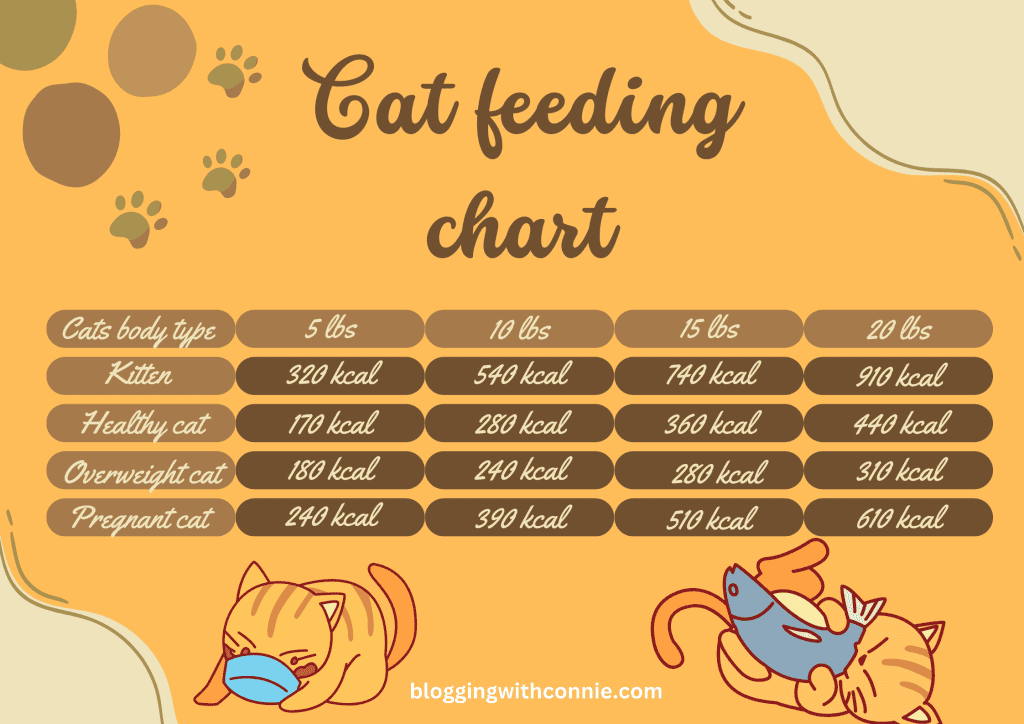
Moreover, a wet food calculator can also save you money in the long run by helping you portion out the food correctly. This way, you minimize wastage and maximize the value of each meal for your pet.
Additionally, using a calculator can provide peace of mind knowing that you are giving your pet the precise amount of nutrition they need to thrive every day.
Steps to Use a Wet Food Calculator
Step 1: Start by determining your pet’s weight in either pounds or kilograms. This is a crucial factor in calculating the proper amount of wet food to feed them. Remember, feeding guidelines usually suggest a specific amount of food based on your pet’s weight.
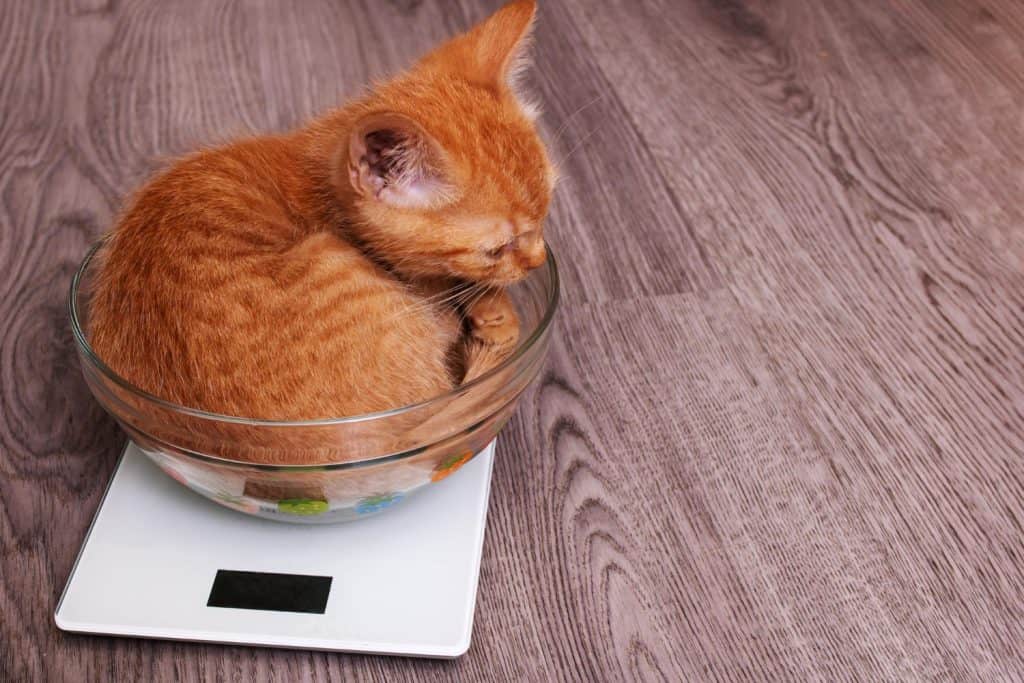
Step 2: Next, take into consideration your pet’s activity level and age. Active pets may require more calories, while older or less active pets may need fewer calories. Use this information along with their weight to determine the appropriate daily feeding amount using the wet food calculator.
Step 3: Once you have all the necessary information inputted into the wet food calculator, it will provide you with an estimate of how much wet food to feed your furry friend each day. Keep in mind that these calculations are just a starting point, and you may need to adjust based on your pet’s individual needs and preferences.
Common Mistakes to Avoid When Feeding a Cat
A common mistake cat owners make when feeding their feline friends is overfeeding. It can be tempting to provide extra treats or larger portions, but this can lead to obesity and other health issues in cats. Instead, it’s important to follow the recommended feeding guidelines provided by your veterinarian.
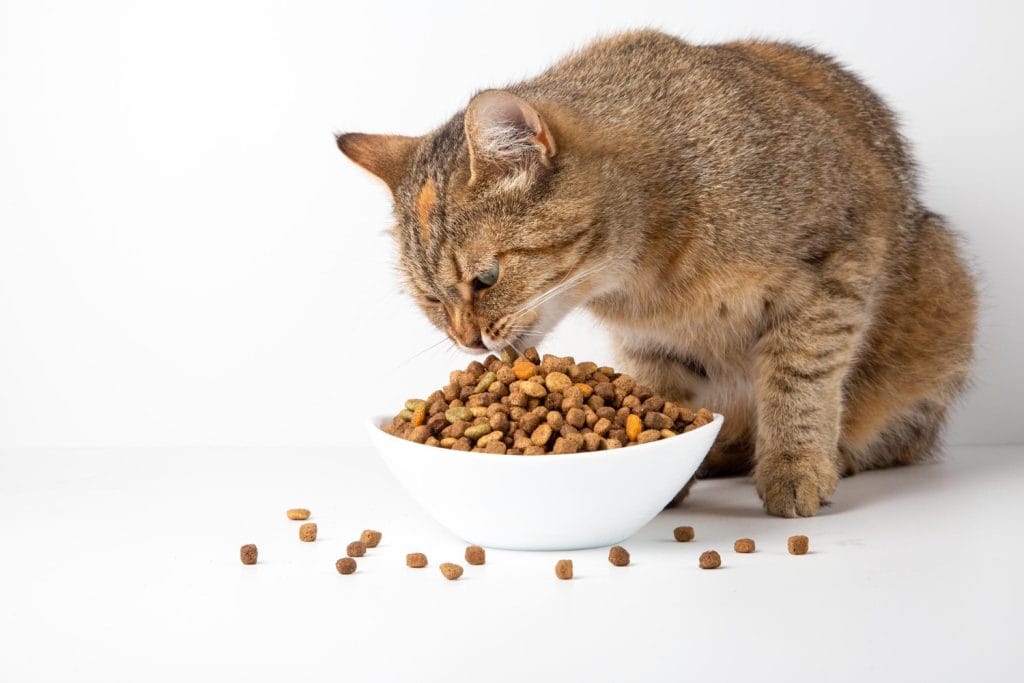
Another mistake to avoid is feeding a cat dog food. Cats have different nutritional requirements than dogs, and feeding them dog food can lead to nutrient deficiencies. Always choose high-quality cat food that meets your cat’s specific dietary needs.
Additionally, offering human foods like onions, garlic, chocolate, and alcohol should also be avoided as they can be toxic to cats.
Are you Falling for These Common Cat-Feeding Misconceptions?
Many cat owners believe that feeding their feline friend a bowl of milk is a treat, but in reality, most adult cats are lactose intolerant and may experience stomach upset.
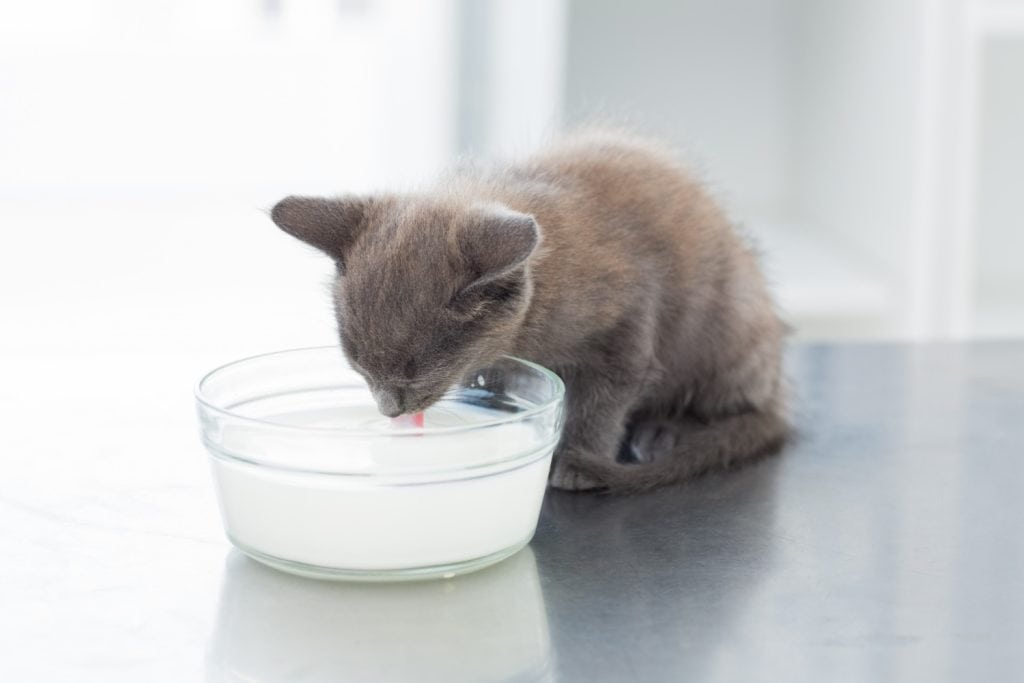
Another common misconception is that dry food is better for a cat’s teeth than wet food. While dry food can help with dental health, it’s not a complete solution. Adding wet food or raw meat to your cat’s diet can provide the necessary moisture content crucial for kidney health.
Furthermore, some pet owners think cats should have access to food at all times. However, free feeding can lead to obesity and other health issues. Establishing set meal times can help regulate portion sizes and maintain a healthy weight for your cat. Stay informed about these misconceptions to ensure your feline companion stays happy and healthy!
How to Avoid the Pitfalls of Overfeeding or Leaving Your Cat Hungry?
One way to avoid overfeeding your cat is by following the recommended feeding guidelines provided by your veterinarian or pet food manufacturer. It’s important to measure out the correct portion size based on your cat’s weight, age, and activity level to prevent overheating and potential health issues. Also, avoid leaving food out all day for free feeding as this can lead to obesity and other health problems.
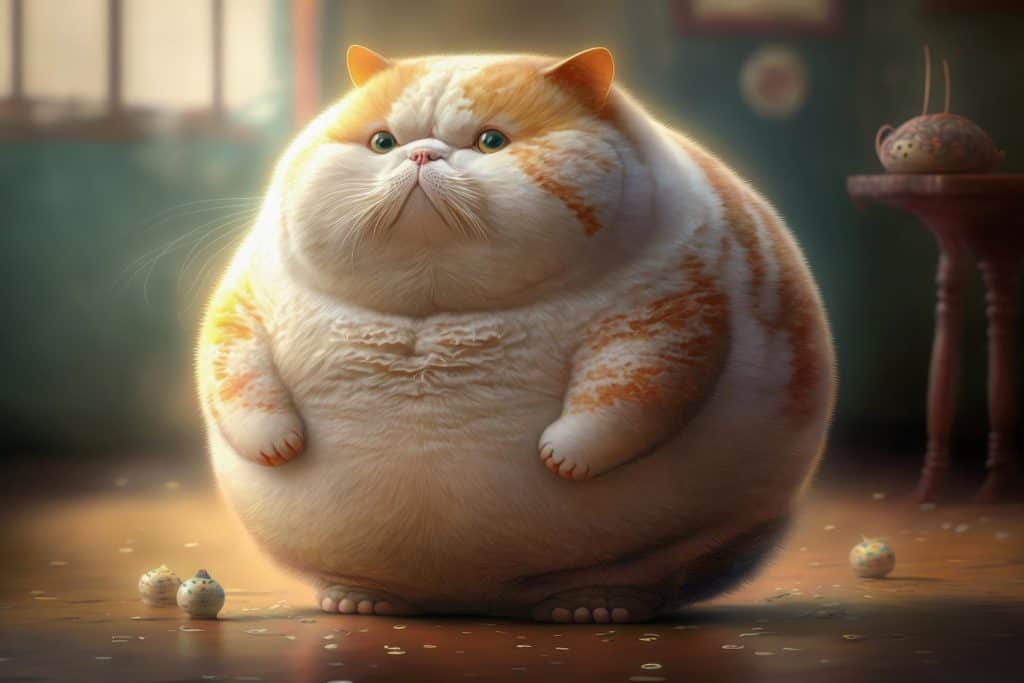
On the flip side, leaving your cat hungry for extended periods can also be harmful. Cats have specific dietary needs that must be met to maintain their health and well-being. It’s essential to establish a regular feeding schedule that aligns with your cat’s instincts for hunting and eating small meals throughout the day.
Additional Tips for Feeding Wet Cat Food
When feeding your cat wet food, consider incorporating a variety of textures and flavors to keep mealtime exciting. Cats can be picky eaters, so offering different options can help prevent them from getting bored with their diet.
For extra moisture, mix in a little water or broth with your cat’s food. This can provide extra hydration for your feline friend, especially if they don’t drink much water on their own.
Another tip is to pay attention to the temperature of the wet cat food before serving. Some cats prefer their food at room temperature, while others may enjoy it slightly warmed up.
Experiment with different temperatures to see what your cat prefers and watch as they eagerly dig into their meal with enthusiasm. Remember, happy eating leads to a happy cat!
